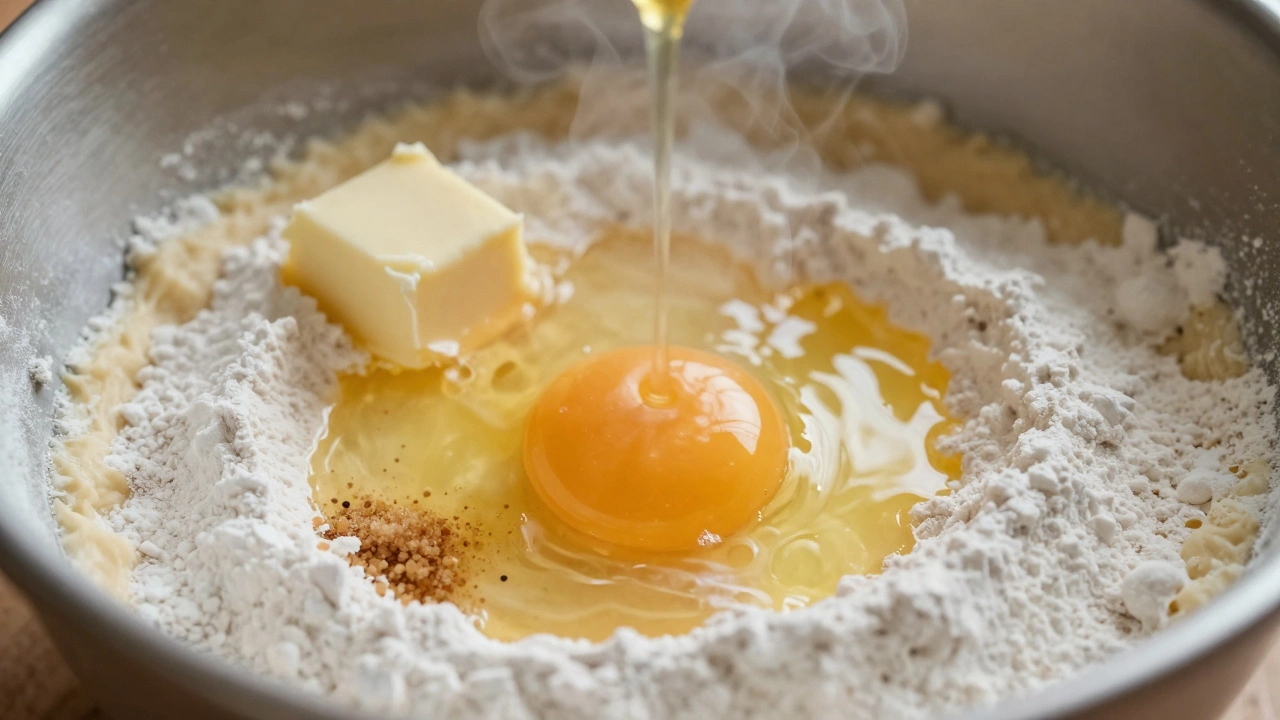
What Makes Cookies Crunchy or Soft? The Science Behind Perfect Texture
Discover the science behind why homemade cookies turn out crunchy or soft. Learn how sugar, fat, flour, and baking temperature control texture for perfect results every time.
Cookies are the go‑to treat for almost every occasion. Whether you crave a soft, melt‑in‑your‑mouth bite or a crunchy snap, the basics stay the same: good ingredients, the right technique, and a bit of patience. This guide gives you the practical know‑how to bake better cookies without a science degree.
The biggest question most bakers face is why some batches turn out chewy while others end up crisp. The answer lies in three simple factors: sugar type, fat, and baking time. Brown sugar brings moisture and a slight caramel flavor, which keeps cookies soft. White sugar, on the other hand, encourages spread and a crisper edge. If you want a chewy center, balance the two – half brown, half white works for most recipes.
Fat also plays a big role. Butter melts quickly, creating that classic spread and a rich taste. Oil stays liquid longer, giving a flatter, denser cookie that stays soft longer. Swap half the butter for oil when you need a tender, cake‑like texture. Adjusting oven temperature by just 10‑15°F can make a huge difference too – lower heat lets the cookie set before it spreads too far, preserving a soft interior.
Stick to the basics: flour, sugar, fat, an egg, and a leavening agent. Each ingredient does a specific job. Flour provides structure, so don’t overmix or you’ll get tough cookies. An extra egg adds moisture and a bit of lift, perfect for a pillowy bite. Baking soda creates spread, while baking powder adds height. Knowing which one your recipe calls for helps you troubleshoot quickly.
Tools matter as much as ingredients. A sturdy mixing bowl, a silicone spatula, and a reliable oven thermometer are all you need. If you’re short on time, use a stand mixer on low speed – just enough to combine, not over‑beat. Chill the dough for at least 30 minutes before baking. Chilling firms up the fat, reduces spread, and lets flavors meld, resulting in a more consistent texture.
Now for some quick, actionable tips: scoop dough with a cookie scoop for even sizes, bake on parchment paper to prevent sticking, and rotate the tray halfway through the bake for uniform color. Let cookies cool on the sheet for two minutes before moving them to a wire rack – this finishes the cooking process without making them soggy.
When things go wrong, it’s usually easy to fix. Cookies that spread too much? Add a tablespoon of extra flour or chill the dough longer. Too hard? Reduce baking time by a couple of minutes or lower the temperature. Flat and cakey? Increase the butter ratio or add a pinch more baking soda. Small tweaks keep you from scrapping an entire batch.
Experimenting is part of the fun. Try adding oats for chew, mix in chocolate chips for richness, or sprinkle sea salt on top for contrast. The more you play with flavors and textures, the better you’ll understand how each change impacts the final result.
Ready to bake? Grab a favorite recipe, follow these tips, and you’ll be pulling perfectly soft, chewy, or crisp cookies out of the oven in no time. Happy baking!

Discover the science behind why homemade cookies turn out crunchy or soft. Learn how sugar, fat, flour, and baking temperature control texture for perfect results every time.
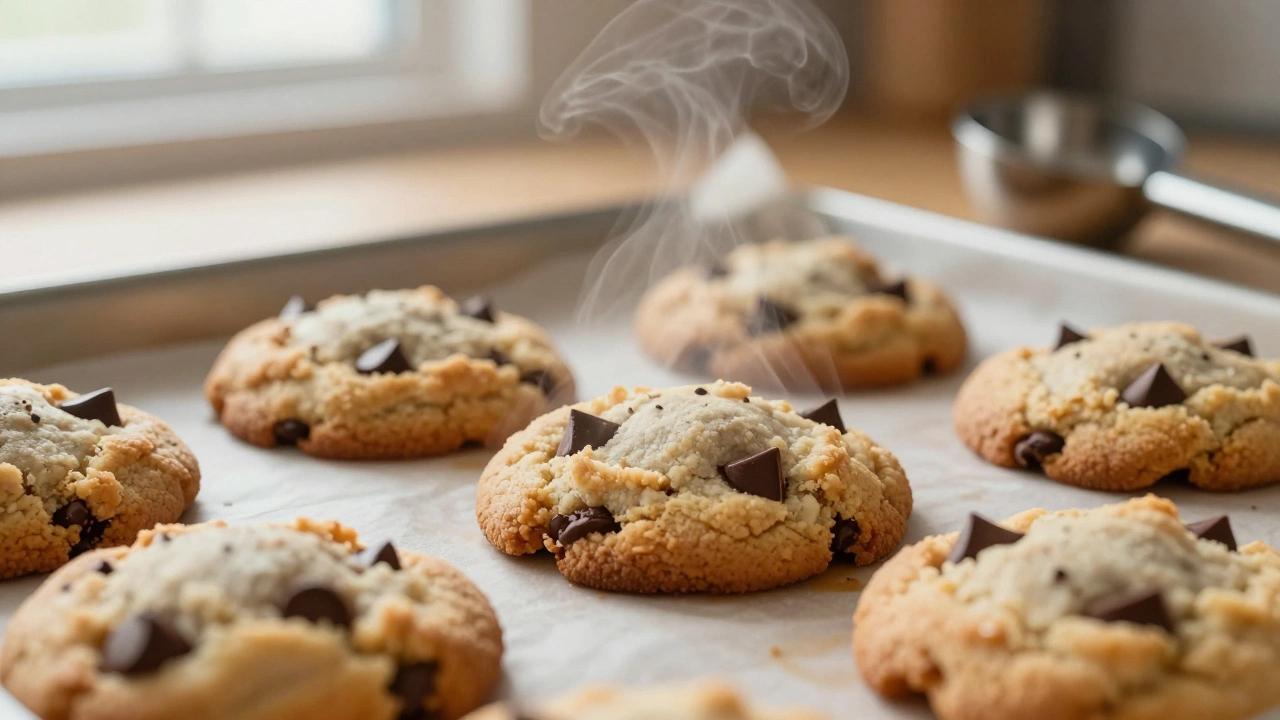
Learn the science behind fluffy cookies: the right butter, sugar mix, baking soda, chilling, and oven tricks that turn flat discs into soft, airy treats. No guesswork - just proven steps.
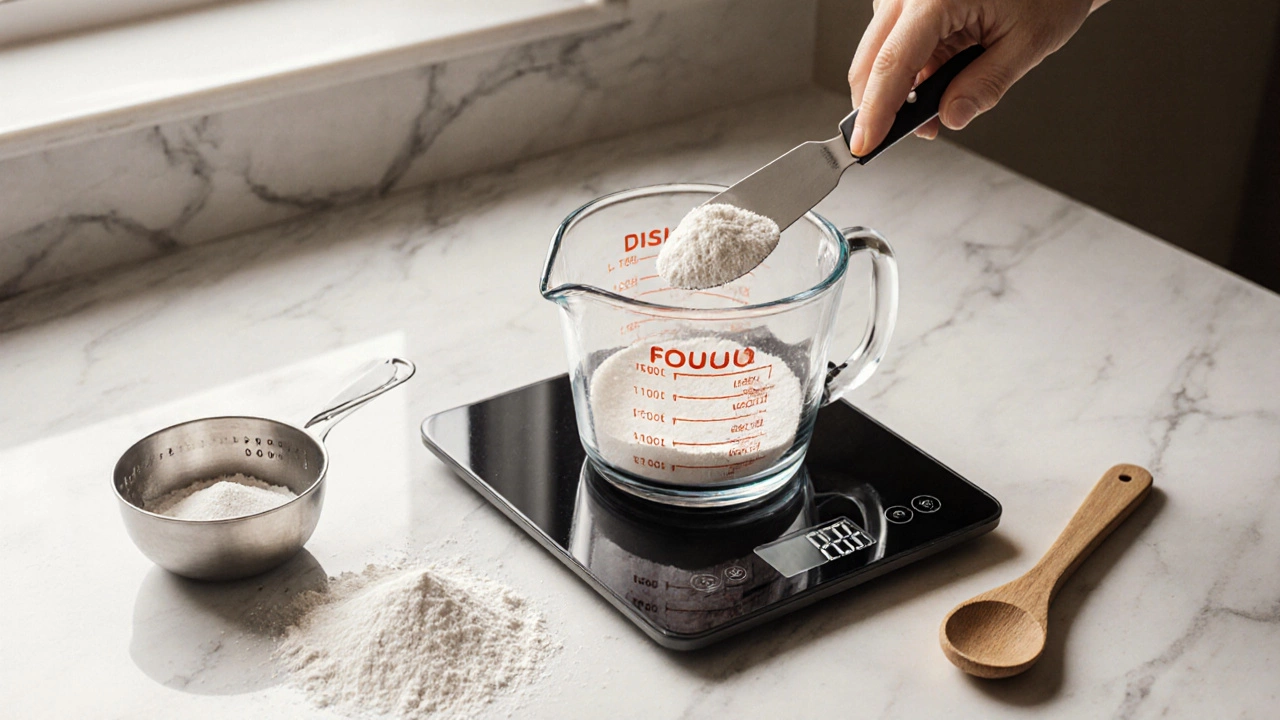
Discover four practical tips that turn average cookies into bakery‑level treats, covering flour, butter, sugar balance, and oven control.
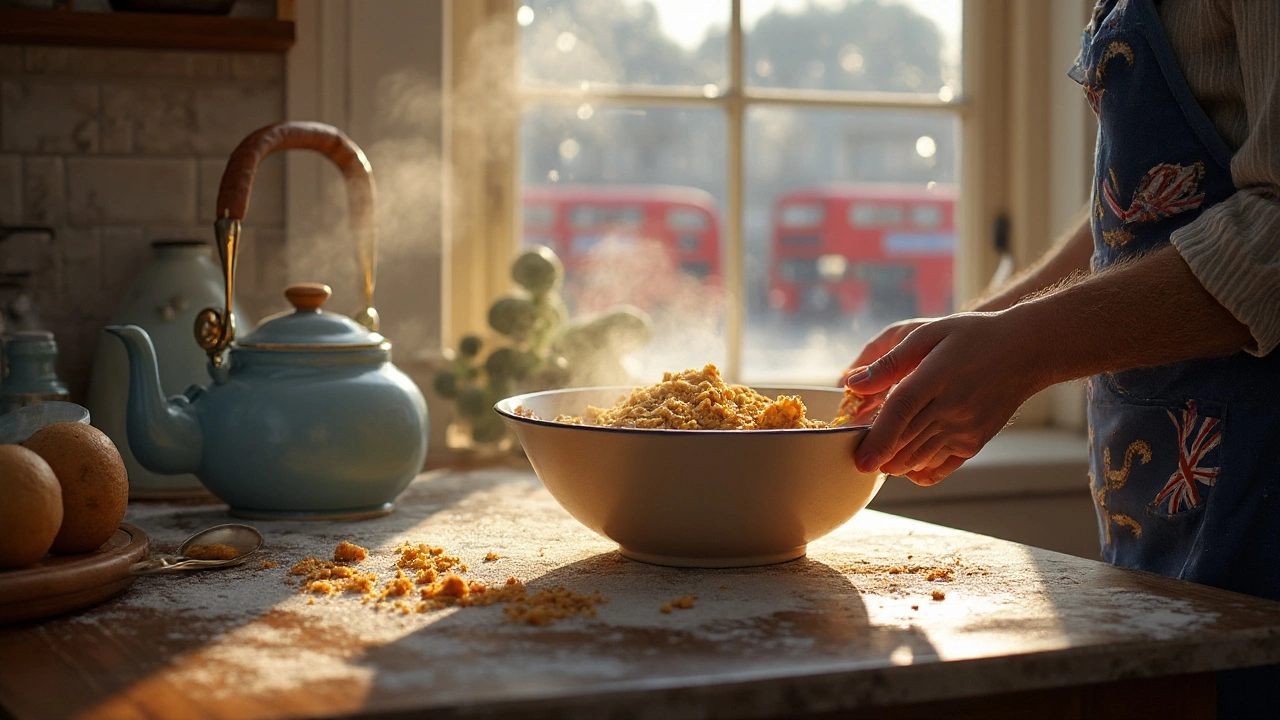
Discover how overnight chilling transforms cookie dough, boosting flavor, texture, and spread control. Learn the science, step‑by‑step tips, and FAQs for perfect cookies.

Curious if Oreos are vegan? Get the latest scoop on ingredients, cross-contamination, and plant-based tips for cookie lovers.
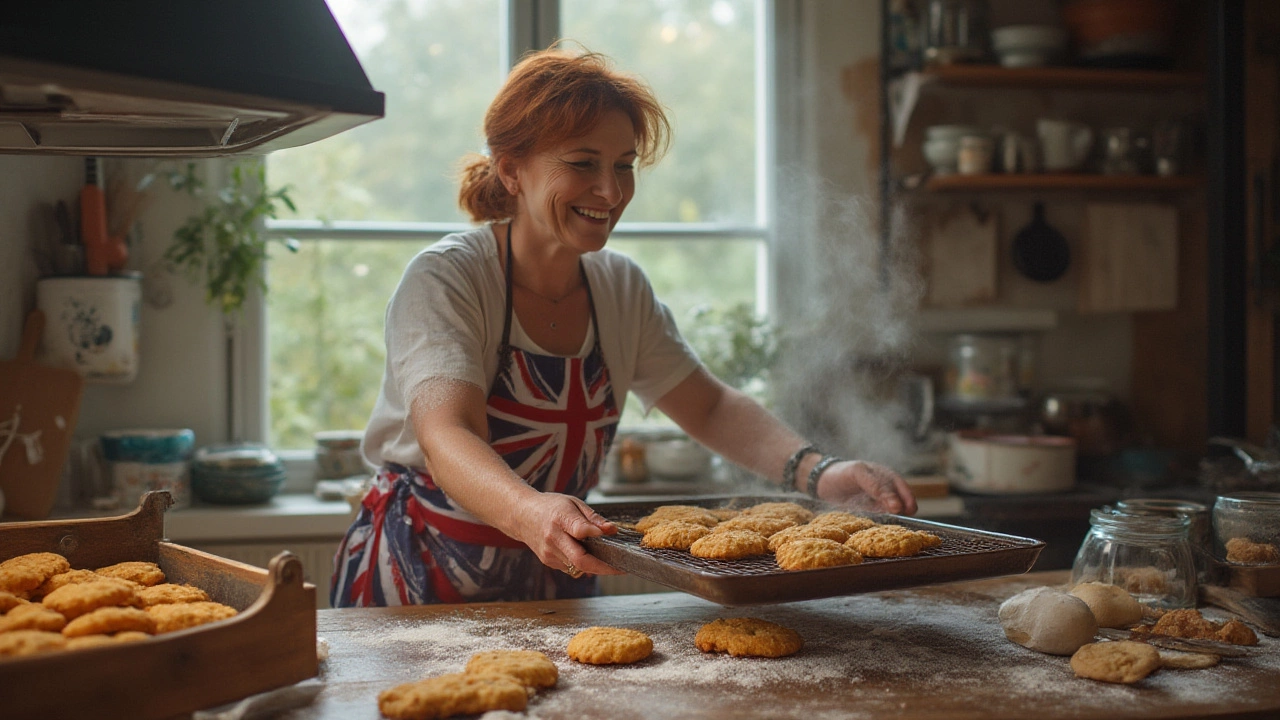
Explore practical tips, pro secrets, and science-backed methods to keep your cookies irresistibly soft, chewy, and bakery-perfect at home.

Uncover whether cookies turn out better with white or brown sugar, and learn tips to perfect your next batch. Find out how your sugar choice really changes your cookies.

Ever wondered what the very first cookies were like? Dive into the rich, crumbly roots of four ancient cookies that started it all.
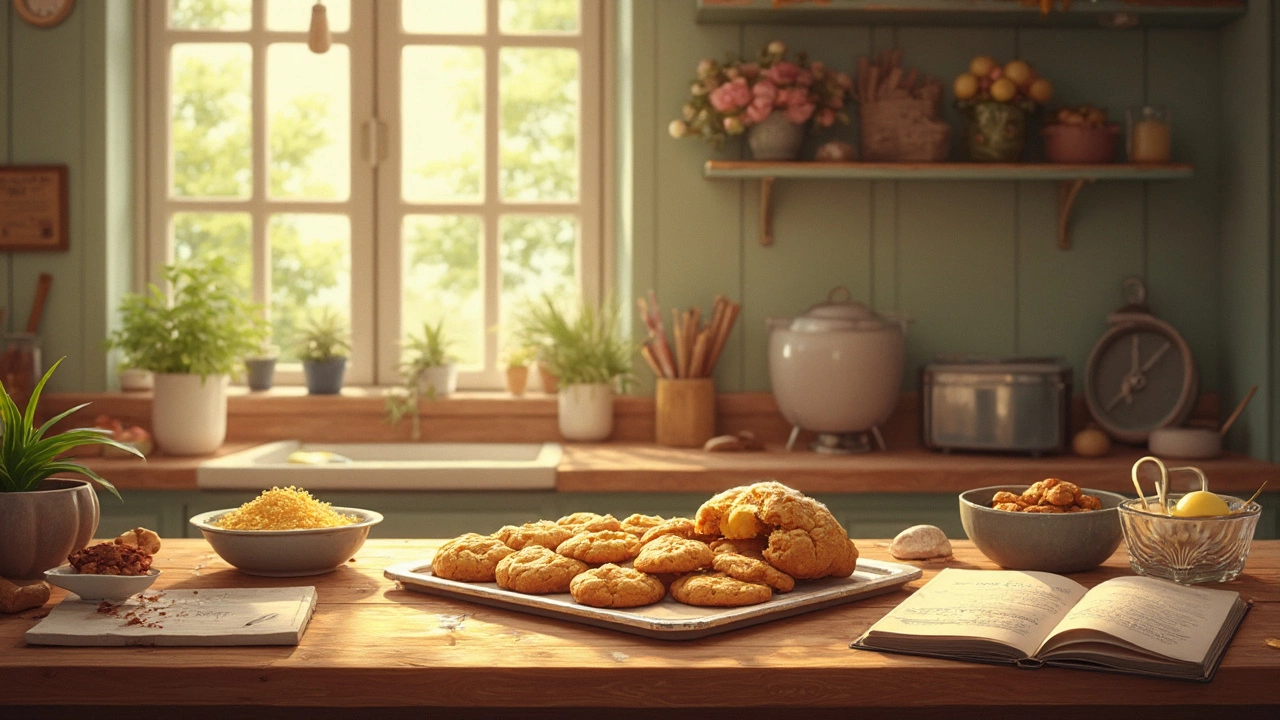
Ever wondered why some cookies turn out pillow-soft while others end up crisp? This article explains the science and tricks behind making soft cookies at home. It covers the importance of ingredients, mixing methods, baking times, and more. Plus—practical tips and mistakes to avoid if you want that perfect chewy bite. Find out what really makes a soft cookie and how you can easily nail it every time.

This article breaks down homemade cookies for total beginners, covering what cookies are, how they’re made, and why everyone loves them. Discover what tools you really need, simple ingredients to start with, and tips to avoid common baking mistakes. Find out how to make bakery-worthy cookies at home without fancy equipment. Plus, get insider tricks for perfect texture every time. Anyone can master cookies with these straightforward tips.
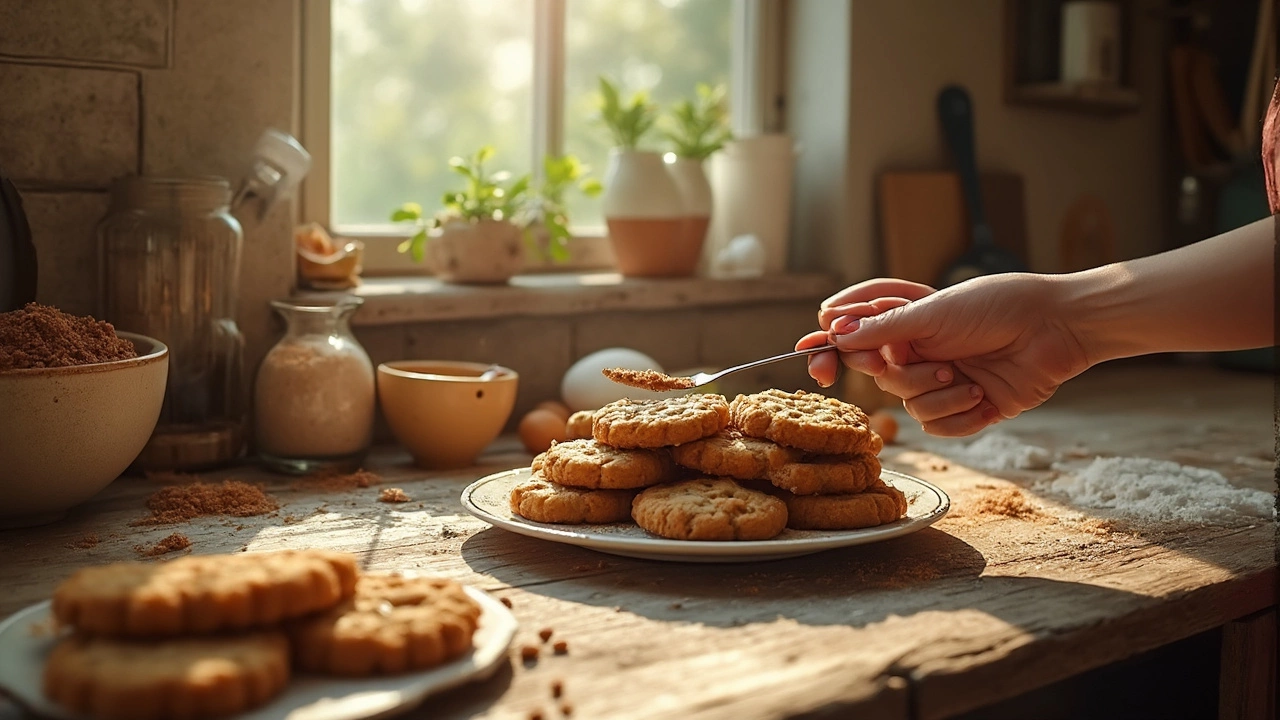
Ever wondered why some cookies turn out chewy and rich while others are crisp and plain? Brown sugar is the secret. It not only affects the flavor of your cookies, but it changes the texture, color, and moisture too. This article breaks down exactly what brown sugar does in cookie recipes. Plus, you'll get handy tips on using brown sugar to bake like a pro.

Learn the real secrets to getting chewy cookies instead of crunchy ones. This guide covers ingredient swaps, mixing tricks, and insider baking hacks that'll help you turn out soft, gooey cookies every time. If you’re tired of dry, crumbly results, you’ll finally understand exactly what needs to change in your recipe and technique. No more guesswork, just tried-and-true advice for perfect chewy cookies. Grab your apron, because chewy cookies are about to become your new thing.